For decades, Inuit were sent to Quebec City for tuberculosis treatment. Many never came home
WARNING: This article contains details of abuse.
With a stifled sob, Mary Tuktudjuk says she's spent all of her life thinking about her father.
Decades ago, he was among a number of Inuit patients brought south to be treated for tuberculosis at the Parc Savard Hospital, a former sanatorium in Quebec City, and never came home.
Standing in the gardens outside of the National Assembly, Tuktudjuk's daughter, Rebecca, wrapped her arm around her mother, saying she hopes this trip helps.
Tuktudjuk is part of a delegation of community members, half from Nunavik and half from Nunavut, who travelled to Quebec City for a memorial visit organized by Nunavut Tunngavik Incorporated and Makivvik Corporation — the legal representatives for Inuit in the two regions.
Coinciding with National Indigenous Peoples Day, the delegation toured the cemetery where some Inuit were buried, the site of the former sanatorium and the port where Inuit were brought in by boat.
Luisa Taqulik wiped tears from her eyes when they drove past the site of the former sanatorium.

Decades ago, they were forced from their home in Kangirsuk, Nunavik and brought south to heal from a bacterial infection.
But they never made it back.
"They died alone. I have so much mixed emotion. I never met them but I'm so glad I came here," said Taqulik, choking up.
"At least I've seen where they went."
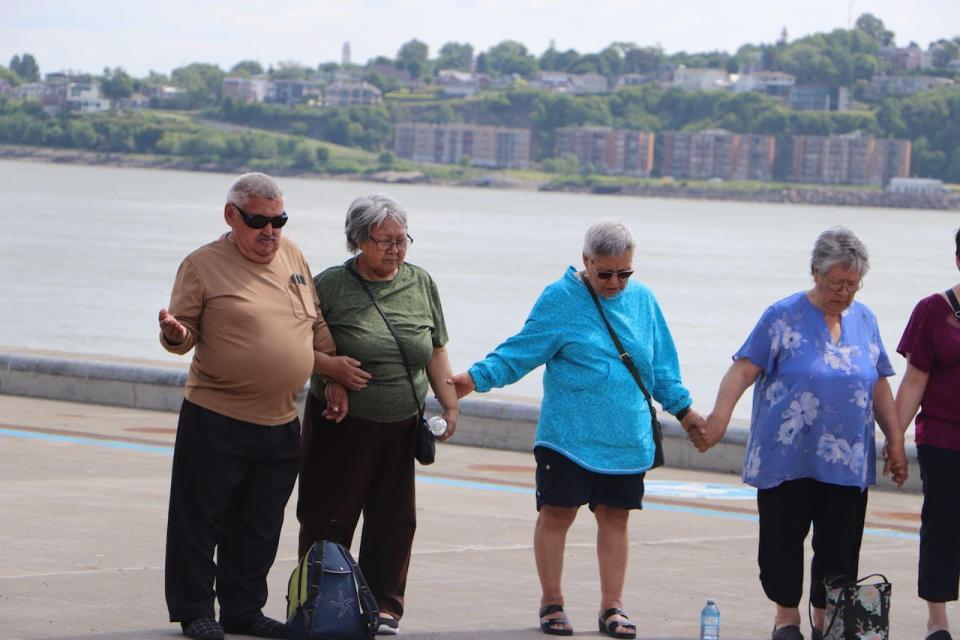
'Horrific, traumatic history'
The visit was planned to offer families closure, said Naomi Tatty.
On Thursday, Tatty delivered a presentation to the group of elders on tuberculosis awareness as part of the SeeChange Initiative.
When sanatorium facilities were first opened for Inuit, she notes that there was very little understanding of what happened in these hospitals which were in place across Canada.
She says patients would often be stripped of their culture, abused and some children were even strapped to the walls with chains to prevent them from running around.
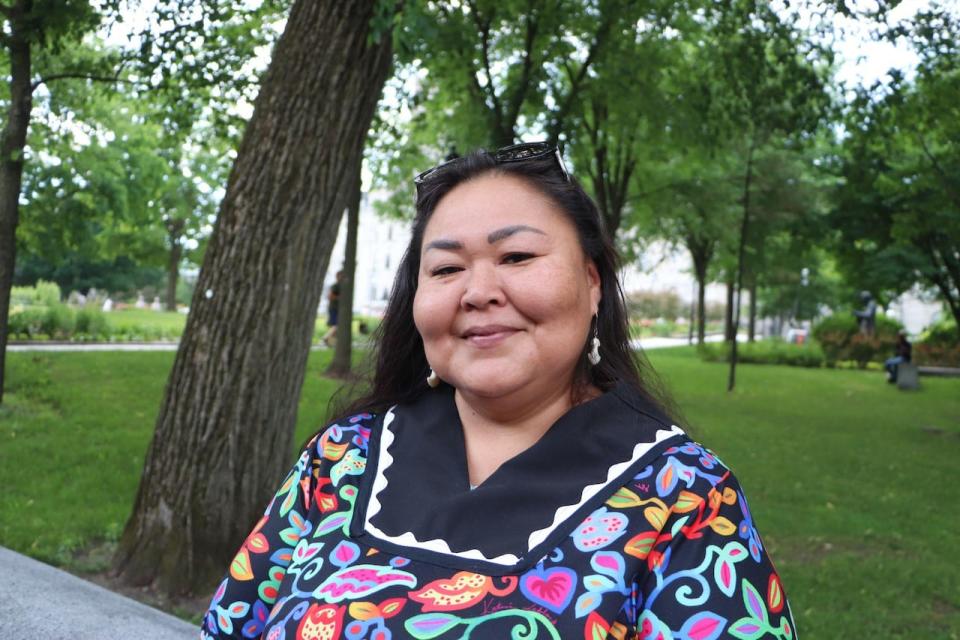
"It's just really a horrific, traumatic history that's passed on intergenerationally," said Tatty.
"These stories are finally being heard after all these years. It's beginning somewhere, at least."
In Quebec City, she says the sanatorium received Inuit patients for nearly three decades, from the 1940s until the 1970s. While they are still going through archives to understand how many people were sent to the facility, she says it could be in the thousands.
'Made me feel like I never belonged'
Annie Augiak and her brother were among them.
She was just a toddler when she was transported on the C.D. Howe — a medical ship which docked in Quebec City.
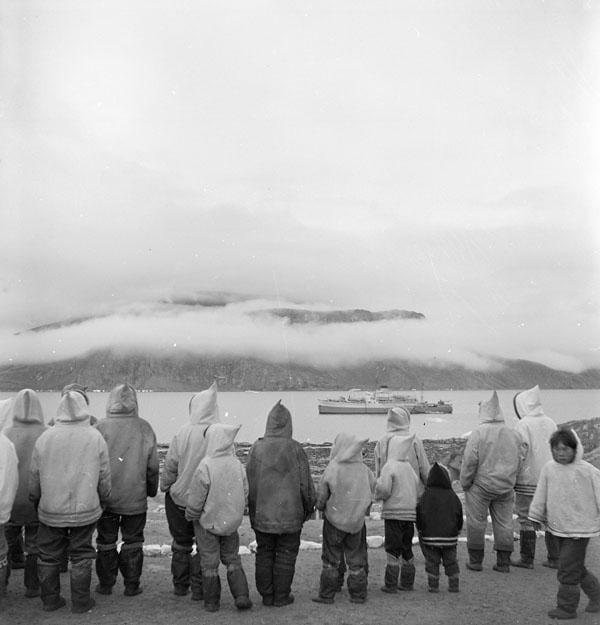
When she finally returned home four years later, she said she couldn't speak Inuktitut and needed an interpreter with her family.
"I wasn't connected to my parents. I only spoke English and it made me feel like I had to relearn all Inuktitut and my culture and my tradition," said Augiak.
"It made me feel like I never belonged."
Augiak joined the delegation this week to pay respects to her brother, who is buried in Quebec City.
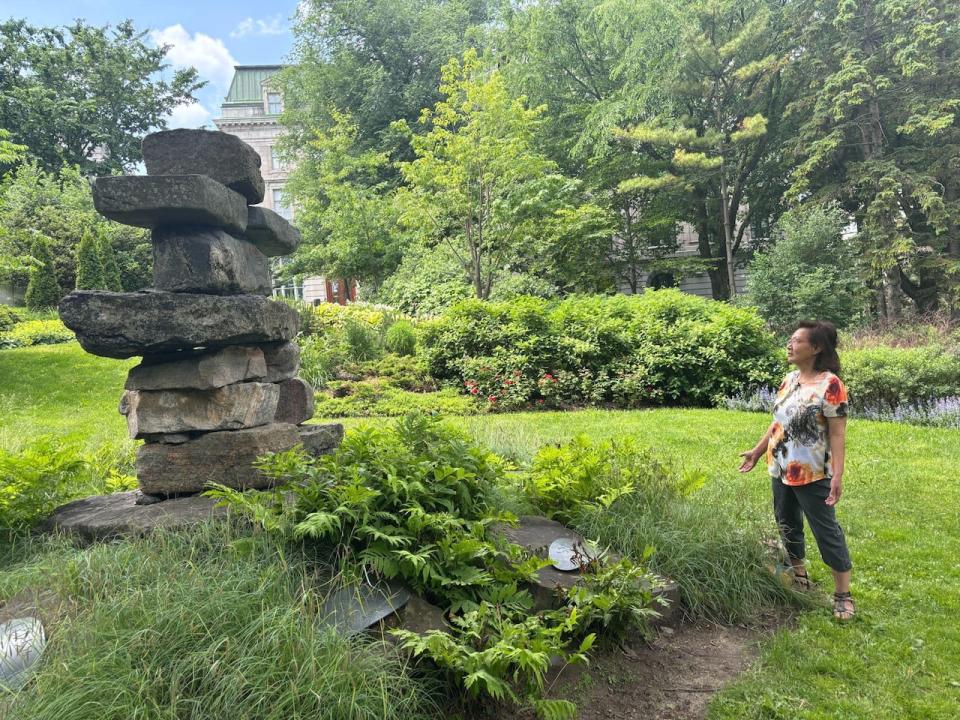
52 Inuit buried in Quebec City cemetery
Upon arriving in Quebec City, Inuit were given numbers, says Joanasie Akumalik.
"We were given E-numbers because we didn't have any identification," said Akumalik.
He says people from the High Arctic were given the number E5 and people in Nunavik were identified as E8 or E9.
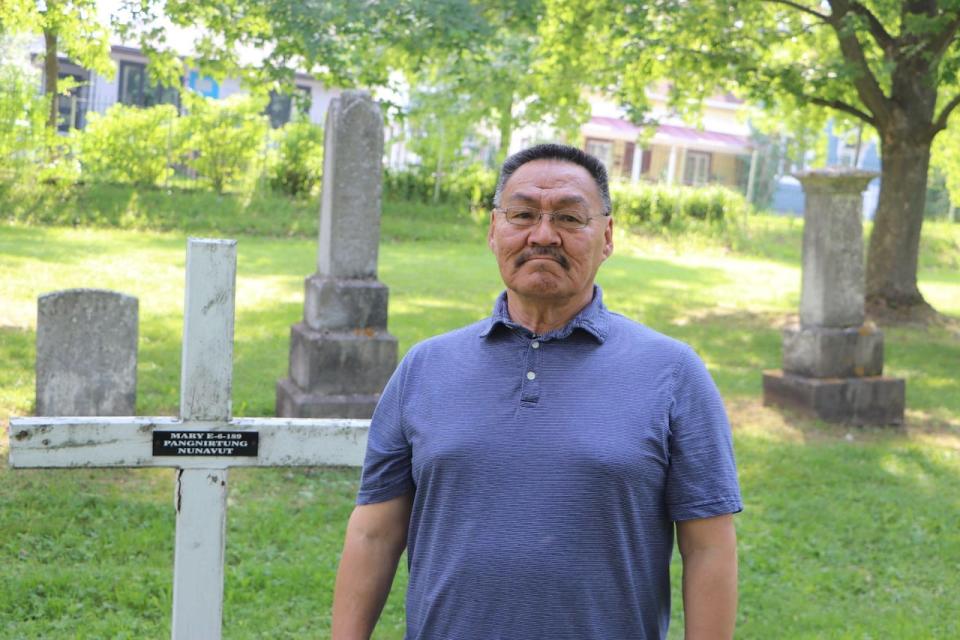
As project manager at Nunavut Tunngavik Incorporated, Akumalik works for the Nanilavut Initiative, which aims to find the graves of Inuit who never returned home after travelling south for tuberculosis treatment.
He's gone through databases trying to identify people and help answer families' questions
About six months ago, Makivvik called him saying they found Inuit buried in Mount Hermon Cemetery in Quebec City. A total of 52 Inuit are buried, in mostly unmarked graves, he says.
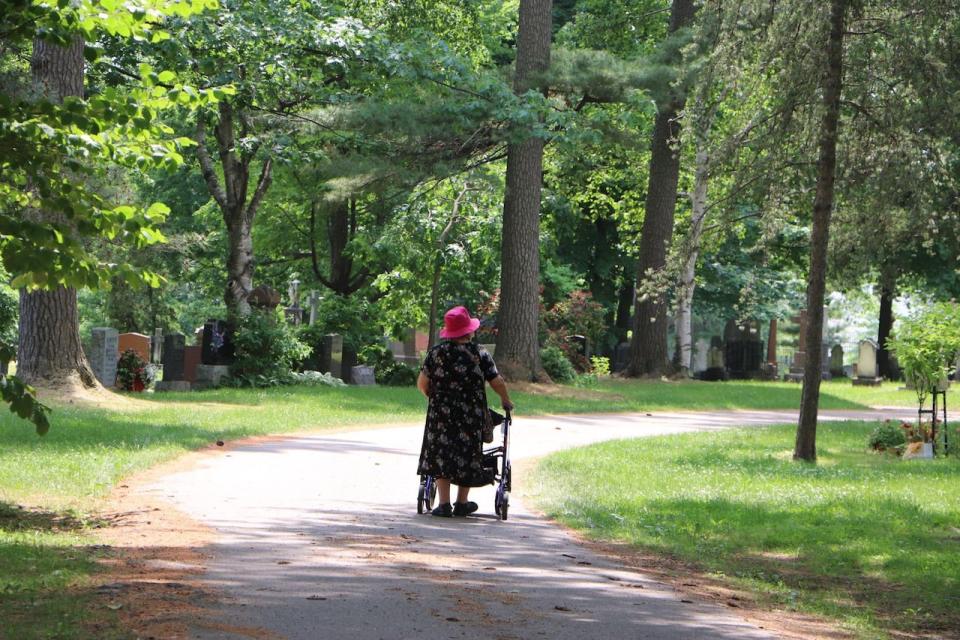
"About 99 per cent of the time when we go to the cemeteries where Inuit are buried, there's no markers. Having no markers for Inuit that are buried, it's very hard," said Akumalik.
"We also found out that sometimes when they were buried, there would be either two or three coffins in one pod and that's not right."
He says some people are only finding out what happened to their family decades after the fact.
One woman was just three or four years old when her mother left and she never knew why, said Akumalik.
"This is the actual cemetery where she is. So we brought that daughter here and she's about 70-something years old," said Akumalik.
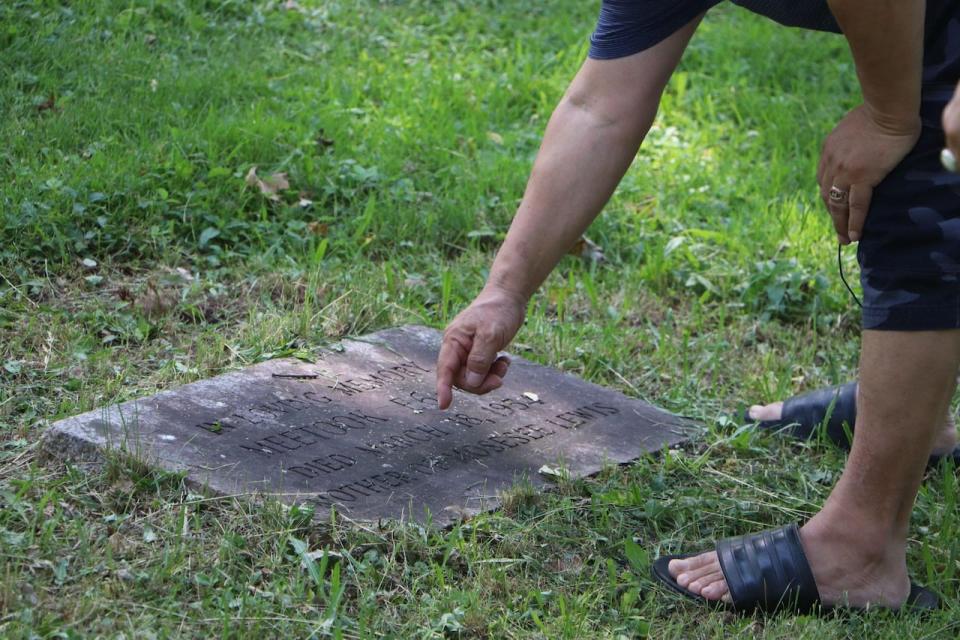
On Friday, the cemetery is unveiling a new monument with the names of Inuit who are buried in the area. It will be an important moment for many people, says Akumalik.
"My wife told me, 'Joanisie when you go to the cemetery, when you find Inuit graves, you are releasing the soul of this Inuit [who is] buried down south to heaven,'" he said.
"We're making sure that the family members know and the souls of these persons are visited."
A national Indian Residential School Crisis Line is available to provide support for survivors and those affected. People can access emotional and crisis referral services by calling the 24-hour service at 1-866-925-4419.
Mental health counselling and crisis support are also available 24 hours a day, seven days a week through the Hope for Wellness hotline at 1-855-242-3310 or by online chat.


